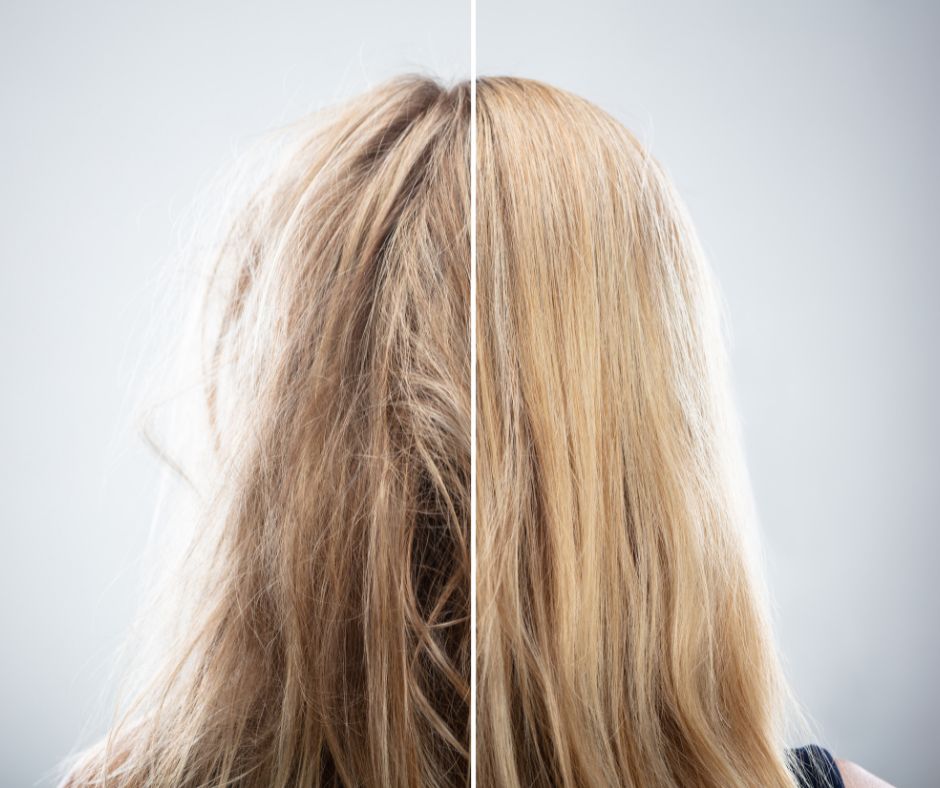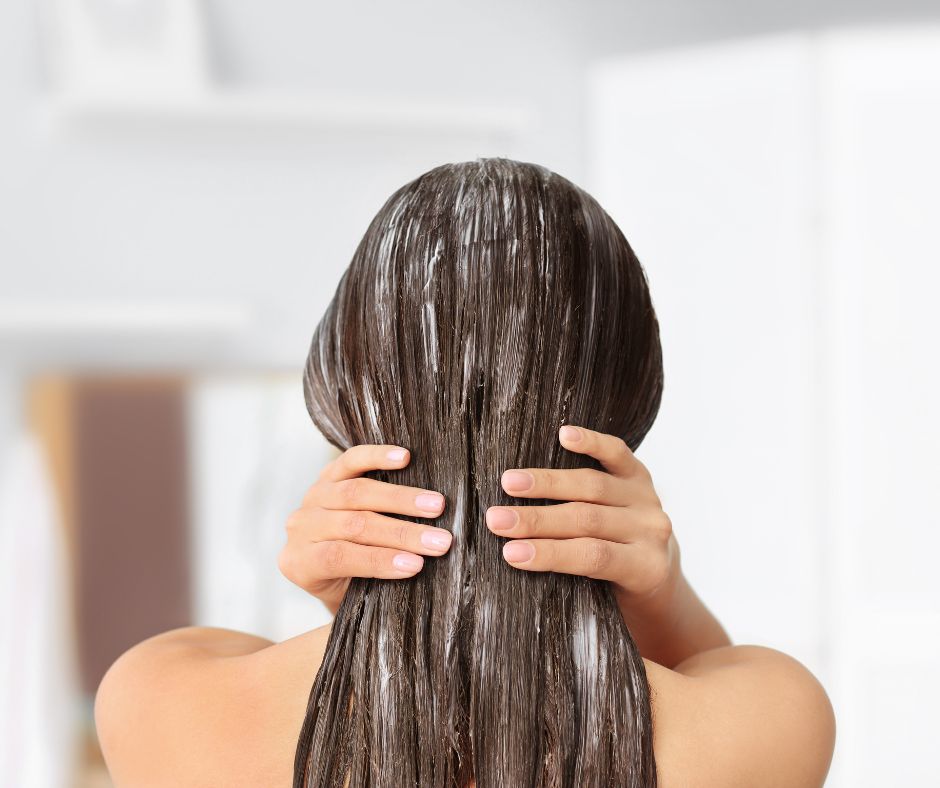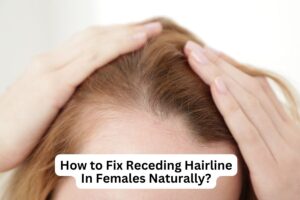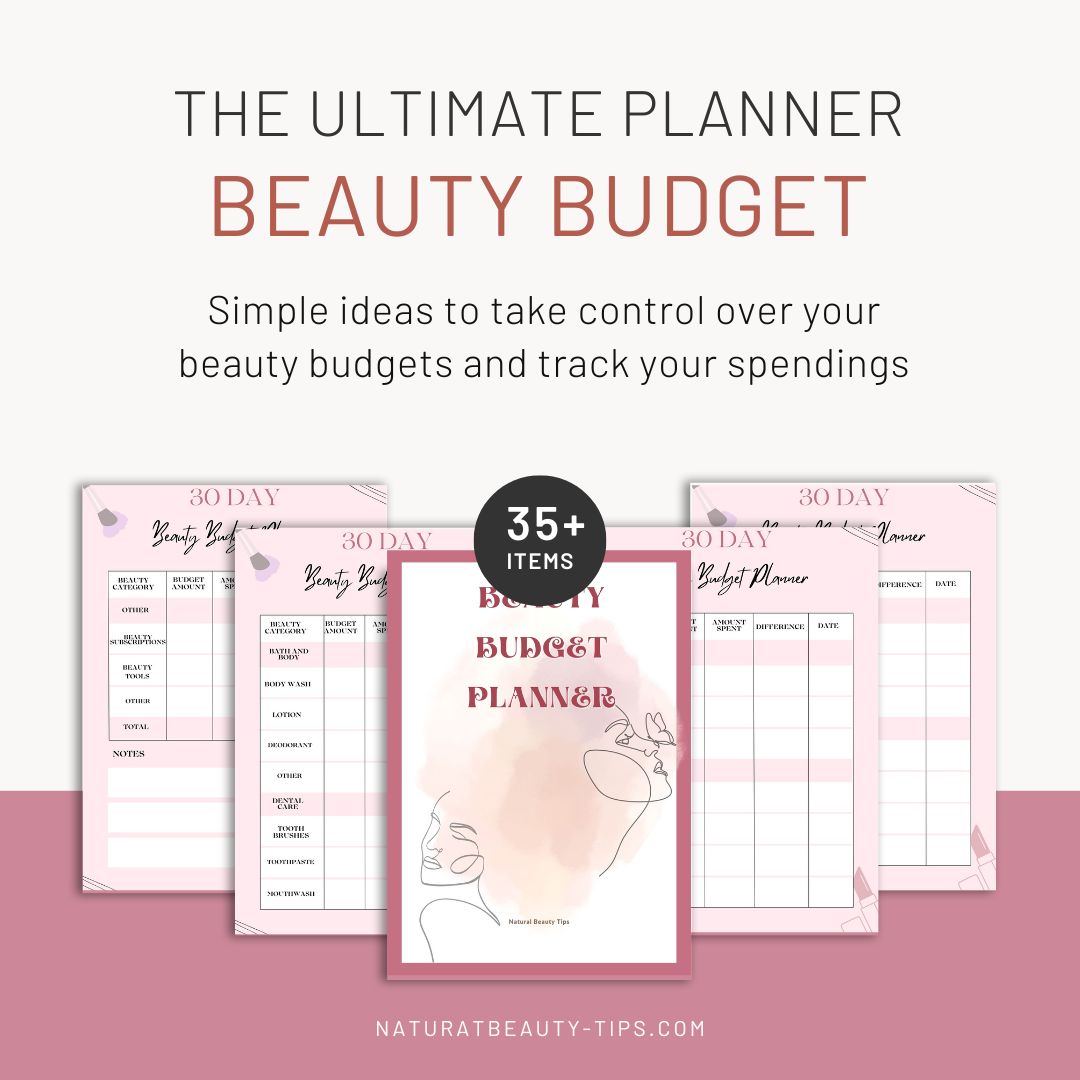If you’ve been searching for the latest hair care trend, you may have come across the term “hair slugging.” This beauty trend has been gaining popularity on social media platforms and promises to deliver luscious, hydrated locks. In this article, we’ll dive into what hair slugging is, how to do it, and whether it’s right for your hair.
What is hair slugging?
Hair slugging is a technique that involves applying a thick layer of hair oil or butter to your hair and leaving it on overnight, similar to the popular skincare trend of “slugging.” The idea behind hair slugging is that the oil or butter creates a barrier that locks in moisture and prevents dryness.
Hair slugging for fine hair
If you have fine hair, you may be hesitant to try hair slugging, a popular hair care technique that involves applying a thick layer of oil or butter to your hair. Here are some points to consider when deciding whether to try hair slugging for fine hair:
- Hair slugging may weigh down fine hair and make it appear greasy.
- Using lighter hair oils, like argan or grapeseed oil, may be a better option for providing moisture to fine hair.
- It’s important to choose hair care products that are tailored to your hair type and needs to avoid damaging your hair.
- If you’re interested in trying hair slugging, consider doing a patch test first to see how your hair reacts.
- Alternatives to hair slugging for fine hair include hair masks, leave-in conditioners, and using a silk pillowcase to prevent hair breakage.
Hair slugging for curly hair
Curly hair can often be dry and prone to breakage, making it an excellent candidate for hair slugging, a popular hair care technique. Here are some points to consider when deciding whether to try hair slugging for curly hair:
- Hair slugging can help provide much-needed moisture to curly hair, preventing breakage and improving overall hair health.
- When choosing a hair oil or butter for hair slugging, look for products that are rich in nourishing ingredients like coconut oil, shea butter, and avocado oil.
- It’s essential to apply the hair oil or butter evenly throughout your hair, focusing on the ends and any dry or damaged areas.
- Covering your hair with a plastic shower cap while sleeping can help the hair oil or butter penetrate deeper into your hair.
- In the morning, wash your hair thoroughly to remove any excess oil or butter and prevent greasiness.
Overall, hair slugging can be an effective technique for curly hair types. It’s essential to choose hair care products that work well for your hair type and needs, and to do a patch test before trying any new hair care technique to see how your hair reacts.
How to do hair slug?
To do hair slugging, you’ll need a hair oil or butter of your choice. Some popular options include coconut oil, olive oil, shea butter, or avocado oil. Here are the steps to follow:
- Start with clean, dry hair. You can wash your hair with a gentle shampoo and conditioner before beginning the hair slugging process.
- Apply a generous amount of your chosen hair oil or butter to your hair, focusing on the ends and any areas that tend to get dry.
- Use a plastic shower cap to cover your hair and protect your pillowcase.
- Leave the oil or butter on overnight, or for at least 6-8 hours.
- In the morning, wash your hair with shampoo and conditioner as usual.
Hair slugging before and after

Should you wash your hair after slugging?
Yes, it’s recommended to wash your hair after hair slugging to remove any excess oil or butter and prevent greasiness. Leaving the hair oil or butter on for an extended period can cause buildup on your scalp, leading to clogged pores and potentially even hair loss.
To wash your hair after hair slugging, use a gentle shampoo and conditioner to remove any buildup and leave your hair feeling clean and healthy.
How often should you make hair slugging?
How often you should do hair slugging depends on your hair type and needs. For individuals with very dry or damaged hair, hair slugging can be done once or twice a week to help restore moisture and improve hair health.
However, for individuals with oily hair, hair slugging may not be necessary or may need to be done less frequently to avoid over-moisturizing the hair and causing buildup on the scalp. It’s essential to pay attention to your hair’s needs and adjust your hair care routine accordingly.
Additionally, it’s recommended to do a patch test before trying any new hair care technique and to consult with a hair care professional if you have any concerns or questions.
Benefits of hair slugging
Hair slugging is a popular hair care technique that involves applying a thick layer of oil or butter to your hair and covering it with a shower cap for an extended period. Here are some benefits of hair slugging:
- Hair slugging can provide intense moisture to dry or damaged hair, helping to prevent breakage and split ends.
- Hair slugging can help reduce frizz and increase hair shine, leaving your hair looking healthy and nourished.
- The natural ingredients in hair oils and butters used for hair slugging can help improve scalp health, reducing dandruff and promoting hair growth.
- Hair slugging can be an affordable and natural alternative to other hair treatments, such as deep conditioning treatments at a salon.
- By providing your hair with the nutrients it needs to stay healthy, hair slugging can help improve hair texture and overall hair health.
Overall, hair slugging can be a beneficial hair care technique for those looking to improve hair health, reduce frizz, and increase shine. It’s essential to choose hair care products that work well for your hair type and needs and to adjust your hair care routine accordingly.
Check out our latest posts:
- Menopause Frizzy Hair Treatment: Effective Solutions for Smooth Hair
- Sore Nails After Acrylics Removed: What You Need to Know
- Paper Thin Nails After Acrylics: Understanding Causes and Remedies
- Mature Hairline VS Receding Hair: Understanding the Difference
- Toothpaste on Pimples Overnight: Does It Work?
Best products for hair slugging
Choosing the right products is essential for successful hair slugging. Here are some of the best products for hair slugging:
- Coconut oil – Coconut oil is a popular choice for hair slugging because it is rich in fatty acids that can penetrate the hair shaft and provide intense moisture. It also has antifungal properties that can help prevent dandruff and improve scalp health.
- Shea butter – Shea butter is another popular ingredient for hair slugging. It is high in vitamins A and E and fatty acids that can help nourish and moisturize the hair. It also has anti-inflammatory properties that can help reduce scalp irritation.
- Argan oil – Argan oil is a lightweight oil that can provide moisture to the hair without weighing it down. It is also rich in antioxidants that can help protect the hair from damage caused by free radicals.
- Jojoba oil – Jojoba oil is a natural oil that is similar in composition to the oils produced by the scalp. It can help regulate sebum production and provide moisture to the hair without leaving a greasy residue.
- Avocado oil – Avocado oil is rich in vitamins A, D, and E, as well as fatty acids that can help nourish and moisturize the hair. It also has anti-inflammatory properties that can help soothe an irritated scalp.
When choosing products for hair slugging, it’s essential to choose high-quality, natural ingredients that are free from additives and chemicals that can damage the hair. It’s also important to choose products that work well for your hair type and needs to ensure that you get the best results possible.
Related; How to Moisturize Low Porosity Hair; 10 Successful Tips to Try
Is hair slugging right for your hair?
While hair slugging may work well for some hair types, it may not be suitable for everyone. For example, if you have fine or thin hair, applying a thick layer of oil or butter could weigh your hair down and make it look greasy. Additionally, if you have oily hair, hair slugging could exacerbate your scalp’s oil production.
On the other hand, if you have dry or curly hair, hair slugging could be a game-changer for you. It can help provide much-needed moisture and prevent breakage. It’s always a good idea to do a patch test before trying any new hair care technique to see how your hair reacts.
Conclusion
In conclusion, hair slugging is a popular hair care trend that involves applying a thick layer of hair oil or butter to your hair and leaving it on overnight. While it may not be suitable for all hair types, it can be an effective way to provide moisture to dry or curly hair. If you decide to try hair slugging, make sure to choose an oil or butter that works well for your hair type and do a patch test first.





